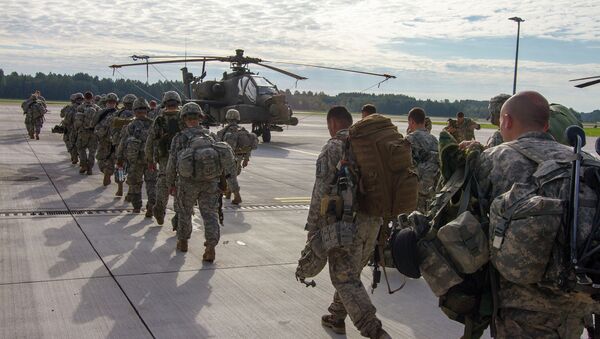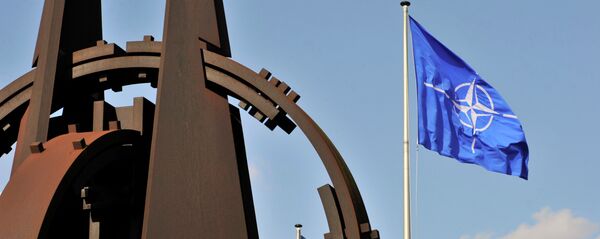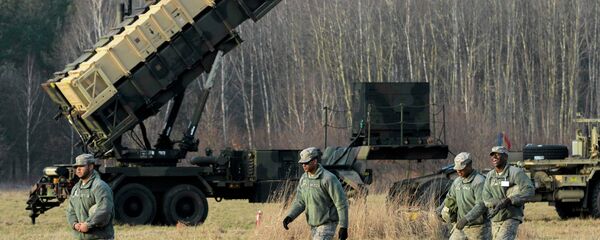"We are facing a dramatically changed security environment in Europe," said Stoltenberg, making reference to Russia and the Middle East in justifying the increase, in a press point with Portuguese Minister of State and Foreign Affairs Rui Machete.
Claiming that the conflicts around its eastern and southern borders represent a threat to Europe, Stoltenberg said that "to the East, Russia has broken international rules through its aggressive actions against Ukraine," while "to the south, extremism and violence is spreading in the Middle East and North Africa."
"The recent loss of life in the Mediterranean Sea is a tragic consequence of this instability we see," said the Secretary General, adding that "there is no simple solution to problems posed by migration."
"NATO is playing its part in assisting partners to build more stability."
NATO first announced "a new very high readiness force or Spearhead Force," in February, a land brigade of around 5,000 troops, and which would be backed up by two more brigades of rapid reinforcement. Altogether counting up to around 30,000 troops, plans for the increased Response Force of air, sea and special forces were approved by Defense Ministers, to "ensure that we have the right forces, in the right place, at the right time," said Stoltenberg in February.
On Monday, Stoltenberg also referred to the Trident Juncture exercise, a five- week "high visibility exercise that will showcase NATO on the world stage," to be held throughout the alliance and with the participation of over 25,000 troops. Trident Juncture is "NATO’s biggest exercise in decades," said Stoltenberg, which "will ensure that NATO forces stand ready to deal with any threat from any direction."




